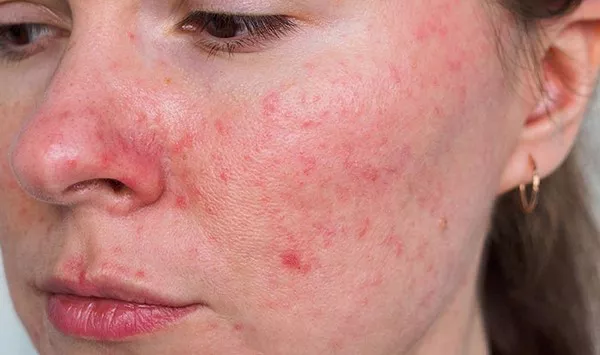Recent findings from a Mendelian randomization study indicate that individuals with type 1 diabetes are significantly more likely to develop certain autoimmune skin conditions, particularly rheumatoid arthritis (RA) and multiple sclerosis (MS).
Researchers conducted a comprehensive analysis focusing on nine autoimmune skin diseases among people of European ancestry with type 1 diabetes. This analysis was subsequently validated in East Asian populations, highlighting an elevated risk of RA and MS associated with type 1 diabetes, while no significant associations were found with atopic dermatitis, vitiligo, or alopecia areata.
According to the investigators, “The most effective approach to preventing and managing autoimmune skin diseases involves targeted control of risk factors.” This underscores the importance of identifying unconventional risk factors to enhance prevention strategies.
Type 1 diabetes, characterized by impaired beta cell function and insulin production, has long been associated with an increased susceptibility to various conditions, a common trait among autoimmune disorders. However, as noted by Dr. Xiaolan Li and colleagues from The Second Affiliated Hospital of Kunming Medical University, there has been relatively less research exploring the causal links between type 1 diabetes and autoimmune skin diseases.
Utilizing data from the National Human Genome Research Institute’s Genome-Wide Association Studies (GWAS) Catalog, researchers employed a two-sample Mendelian randomization analysis to investigate the relationship between type 1 diabetes and nine autoimmune conditions, including RA and MS. Validation efforts in East Asian populations reaffirmed the findings obtained from European populations, with additional multivariable analyses to adjust for potential confounders.
Among European cohorts, the study revealed a causal association between type 1 diabetes and systemic lupus erythematosus (SLE) (OR, 1.38; 95% CI, 1.26 to 1.50; P < .01), RA (OR, 1.15; 95% CI, 1.05 to 1.25; P < .01), and MS (OR, 1.17; 95% CI, 1.01 to 1.36; P = .04). Conversely, no significant associations were observed for type 1 diabetes and atopic dermatitis, vitiligo, lichen planus, hidradenitis suppurativa, alopecia areata, or systemic sclerosis.
After adjusting for variables such as time spent watching television, body mass index, type 2 diabetes mellitus, and body fat percentage, the results continued to support a causal relationship between type 1 diabetes and SLE (OR, 1.29; 95% CI, 1.16 to 1.44; P < .01), RA (OR, 1.28; 95% CI, 1.20 to 1.38; P < .01), and MS (OR, 1.11; 95% CI, 1.04 to 1.18; P < .01).
However, researchers noted that replication of these findings in East Asian populations did not reveal a genetic causal association between type 1 diabetes and SLE.
“Our Mendelian randomization study highlights a causal relationship between type 1 diabetes and SLE, RA, and MS among European populations, underscoring the need for regular monitoring of relevant immunological markers in patients with type 1 diabetes and the implementation of preventive measures,” the researchers concluded.
Related Topics:

























